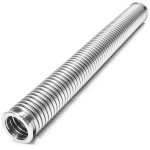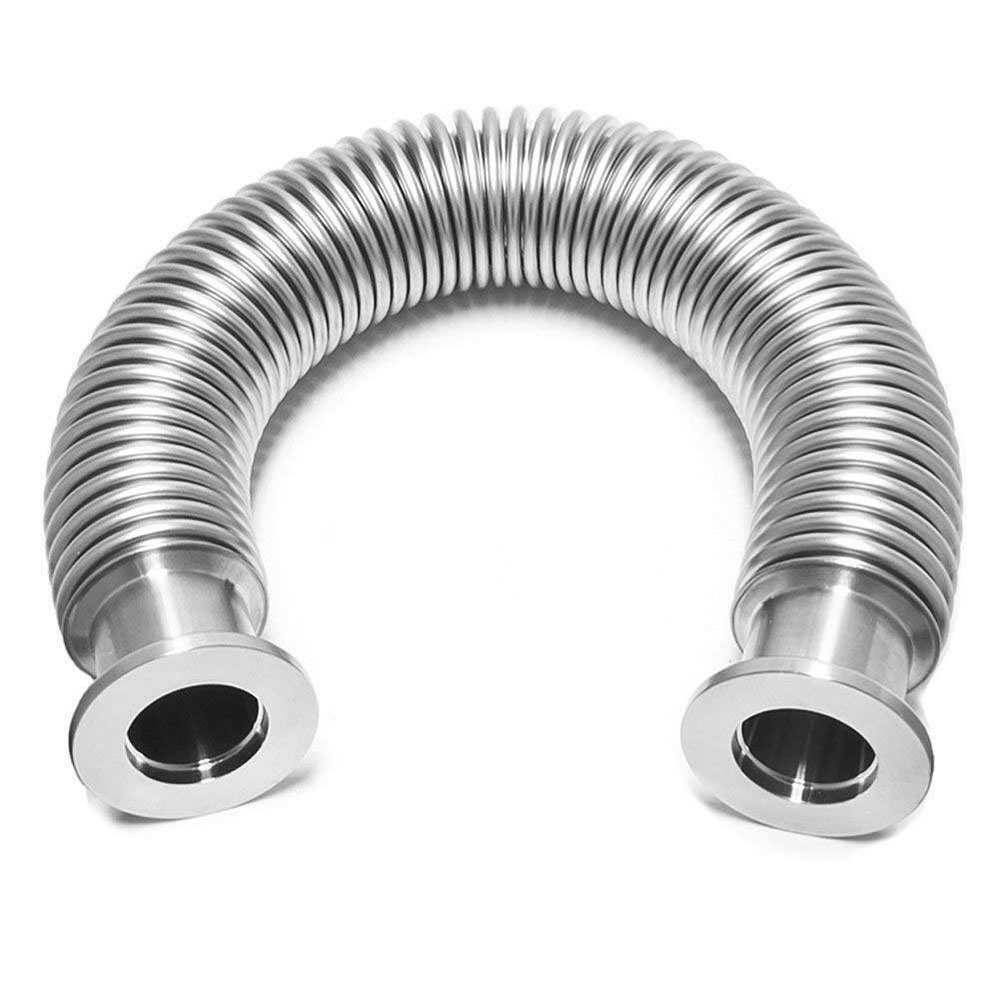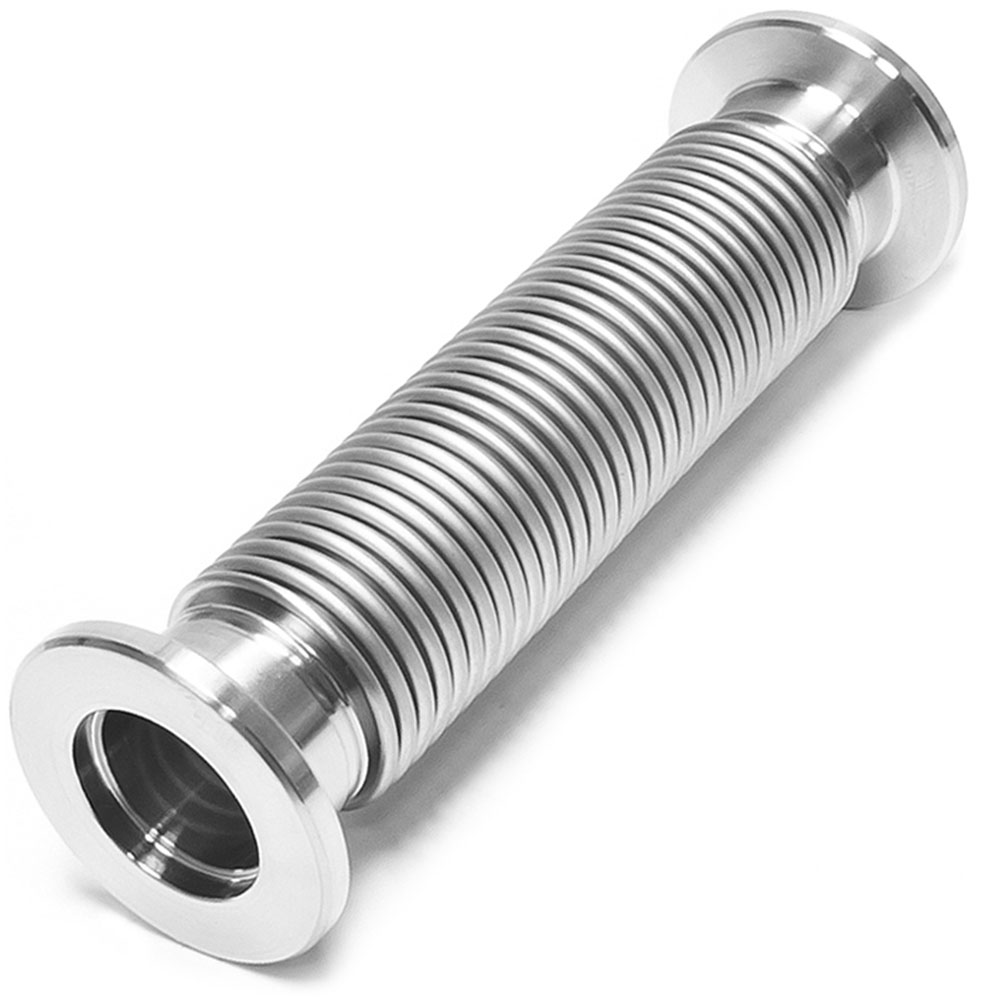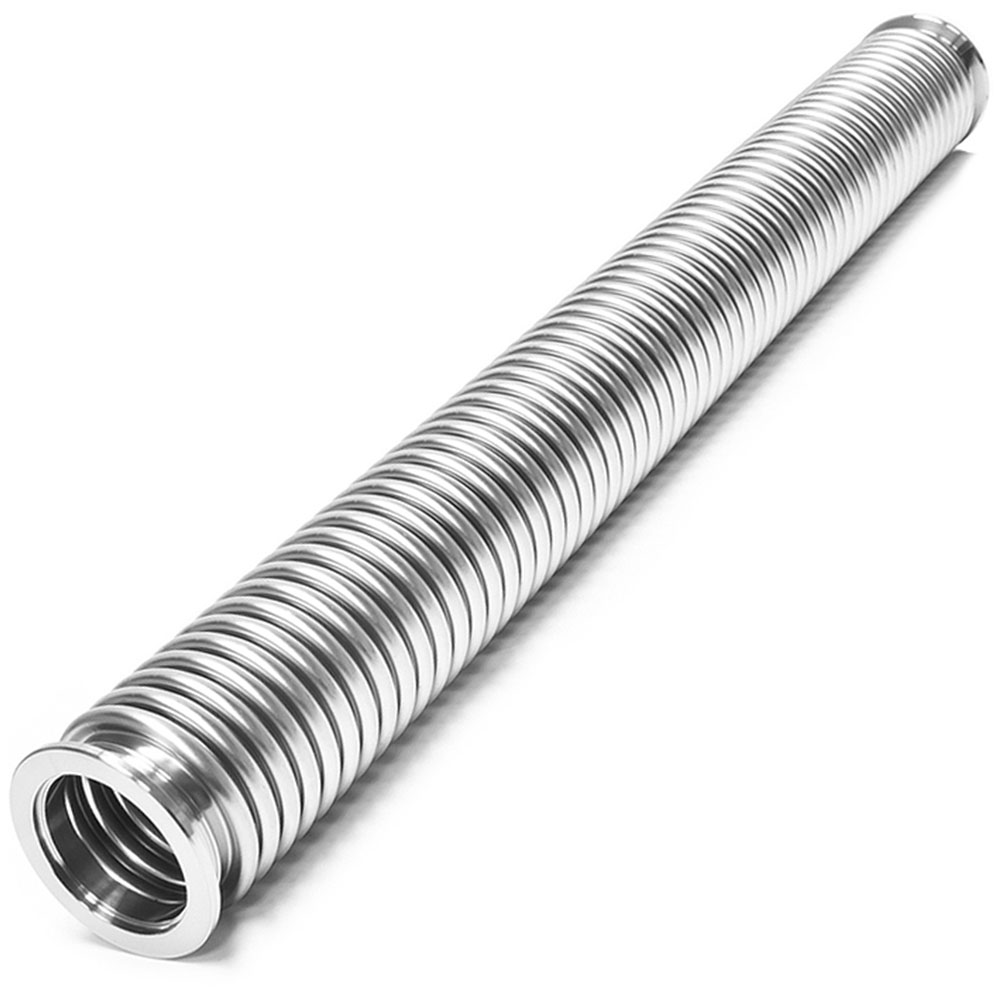
New Patented Technology Applied to Vacuum Bellows Recently
A pressure reducing valve that uses a vacuum bellows to achieve an absolute output pressure:
A pressure reducing valve that uses a vacuum bellows to achieve an absolute output pressure. Solve the problem that the pressure reducing valve cannot output absolute pressure. A pressure reducing valve that uses a vacuum bellows to achieve an absolute pressure output pressure includes a fixed sealing seat, a valve assembly, a shell, a screw-in nozzle assembly, and a valve seat assembly. The ejector rod, the vacuum bellows assembly and the adjusting seat, the output pressure of the utility model is absolute pressure, and the pressure value of the outlet can be guaranteed to be unchanged under any atmospheric environment, which is beneficial to the output pressure in a vacuum or low pressure environment. Monitoring does not require pressure conversion.
Precision welding structure of ultra-thin vacuum bellows:
A precision welding structure for ultra-thin vacuum bellows, comprising a vacuum bellows, a joint, and a thin ring. The end of the joint is provided with an annular step, an annular groove and an annular protrusion are provided on the annular step, and the end of the vacuum bellows is straight The part is sleeved into the joint and aligned with the annular protrusion, the thin ring is sleeved into the vacuum bellows, and the flat part of the end of the vacuum bellows, the annular protrusion, and the thin ring are connected. The utility model adds a thin ring to the inner diameter of the ultra-thin vacuum bellows, and welds the three together, avoids burning through of the ultra-thin vacuum bellows, and ensures good welding forming rules. In addition, the thickness of the annular protrusion and the wall thickness of the corrugated pipe have a small difference, which is advantageous for welding, and the annular groove can prevent the diffusion of the metal liquid during welding.
A self-operated pressure regulating valve with vacuum bellows seal:
A vacuum-preserving bellows-sealed self-operated pressure regulating valve includes a valve body. The lower part of the valve body is connected to a valve seat through a thread, and a valve core is connected to the valve seat. A valve cover is provided on the outside of the valve core, and the valve cover is connected to a pressure regulating plate through threads. There is a stroke pad at the connection between the valve cover and the valve core. The upper part of the valve cover is provided with a stuffing box. The valve core is provided with a spring seat on the upper part of the packing gland. A pre-tightening spring is fixed between the spring seat and the pressure regulating plate. The valve core The upper end is connected with the push rod, the push rod is welded with the lower end of the upper bellows part, the upper end of the push rod is threadedly connected with the tray part, the connecting bracket is connected to the lower membrane cover by bolts and nuts, and the connecting bracket and the lower membrane cover are connected to the upper bellows part by gaskets The upper end of the lower membrane cover is pre-tightened and sealed, and both ends of the lower membrane cover are connected to the upper membrane cover by bolts and nuts. Compared with the prior art, the utility model has reliable sealing performance, can ensure the vacuum degree in the vacuum tank, has high working efficiency and convenient operation.
A kind of vacuum bellows for aircraft pressure regulating valve:
A vacuum bellows used in aircraft pressure regulating valves. It is characterized in that there is a spring seat section (1d) on the mounting cover (1), a spring seat section (1d) on the base (2), and a spring (4) in the inner cavity of the bellows (3). ), the left end of the spring (4) is installed on the spring seat section (1d) of the mounting cover, and the right end of the spring (4) is installed on the spring seat section of the base. The utility model provides a vacuum bellows for aircraft pressure regulating valves, which greatly reduces the installation volume, increases the rigidity and stability, and at the same time has the pressure-sensing ability, reduces the elastic hysteresis, and improves the adjustment accuracy.







